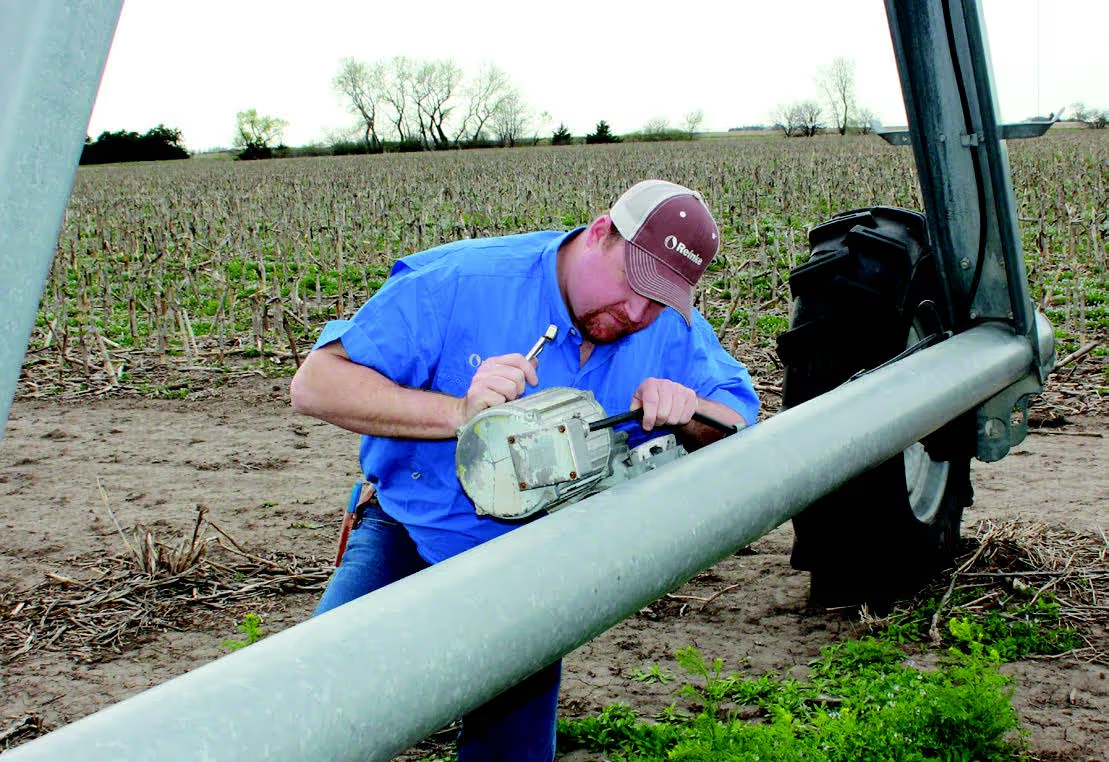Reinke technicians will go through the Preseason Pivot Maintenance Checklist with you in your field.
Subscribe to our email newsletter!
A center pivot—like other machinery—is a substantial investment that needs to last for many years, performing when the farmer needs it most.
However, a pivot is the only piece of machinery a farmer owns that sits out in the elements 365 days a year. The pivot does not spend the winter in a shed like the combine and planter. With that in mind, Reinke Manufacturing reminds farmers about the significance of performing proper care of the pivot to help their bottom line by providing a greater return on investment.
Before planting season begins, it is important to take a look at your current irrigation systems to see what preventative maintenance can be done to avoid downtime when you need your pivot to run at peak performance later in the season. Reinke Manufacturing suggests focusing on system maintenance rather than repair when failure occurs.
"Preventative maintenance is the key to providing reliability and longevity of your pivot system, and making sure it will run when farmers need it most.”
~ Todd Merryman, Reinke Manufacturing, Former Manager of Technical Services
Always consult the maintenance section of the owner’s manual of all Reinke products to ensure the reliability and longevity of every pivot. With the Reinke warranty, farmers also have the option of working with their local Reinke dealer to have a certified technician come out to provide preventative maintenance while using Genuine Reinke Parts for any repairs.
In order to thoroughly inspect your irrigation system, we have put together a checklist of steps to go through to achieve peak performance of your irrigation system. First, verify safe operating conditions of your pivot in the preseason. Second, prevent system downtime during critical irrigation periods with minimal maintenance. Finally, extend the system’s longevity through postseason maintenance and winterization to protect your investment. By taking these preventative steps, farmers will have confidence and peace of mind regarding the system’s reliability.
The preseason checklist generally is conducted in early Spring. It includes a thorough system inspection with required corrective actions to ensure the system is in a “ready for operation condition.” External conditions such as potential damage from grazing livestock or wind and storm damage should be inspected.
Checklist for Spring Inspection
1. Verify the system electrical ground.
2. Look for any structural or electrical hazards.
- Check system conditions.
3. Check the pivot center.
- Inspect the pivot pad and anchor bolts.
- Grease the pivot bearing (Or, if you've got Reinke's Maintenance-Free Bearing, enjoy this moment of spare time).
4. Check gearboxes (center drive and wheel).
- Remove any water condensation that has accumulated.
- Fill oil level to proper level with lubricant specified in the owner’s manual.
5. Check wheels and tires.
- Make sure tires are inflated to the specification in the owner’s manual.
- Make sure all wheel lug nuts are tight.
"Preventative maintenance is less expensive than reactive maintenance for the farmer because it is done while no crop is in the field. If there is crop in the field, then there would be maintenance cost on top of crop loss."
— Hunter Walls, Walls Irrigation
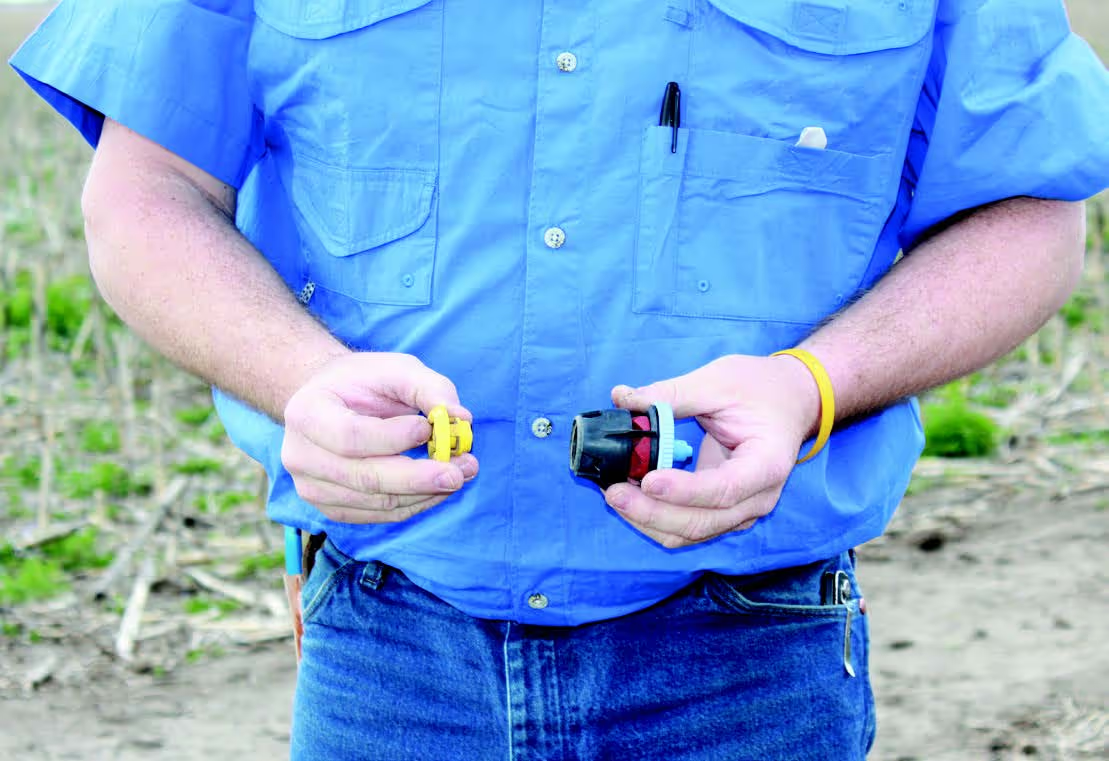
6. Check other drive train components.
- Check high-torque couplers (if installed) – coupler pucks have a manufacturer’s recommended 5-year service life, date of manufacture is color-coded.
- Grease steel u-joints (if installed).
7. Check the alignment of the system.
- System alignment may need to be adjusted.
- Check the alignment mechanism condition.
- Microswitches used in both the alignment and safety circuits have a recommended 10-year service life.
8. Check the condition of the water-carrying conduit.
- Inspect the boots, clamps, and gaskets.
- Inspect the low-pressure drains.
- Inspect all components associated with the sprinklers:
- Goosenecks
- Drops
- Regulators
- Sprinkler devices
9. Remove the sand trap and thoroughly flush the system with water.
"Rarely is there a problem with the pivots that we need a technician, but it’s comforting to know they are available through our local Reinke dealers when we need one.”
~ Dave Koenig, Koenig Farms
.avif)
.avif)
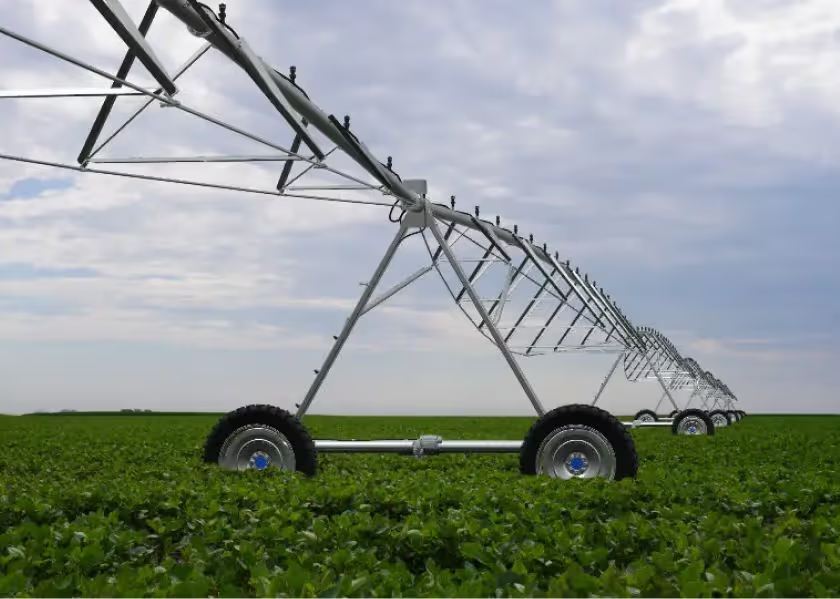
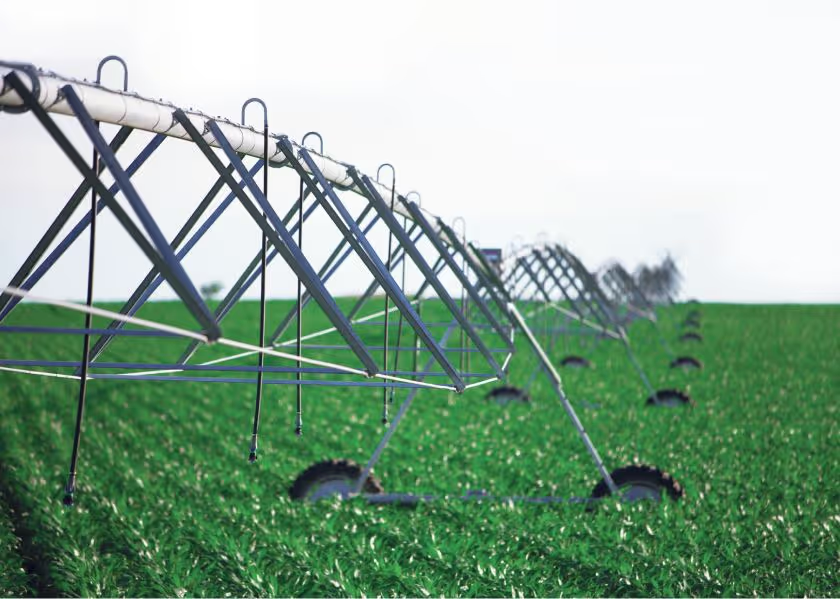
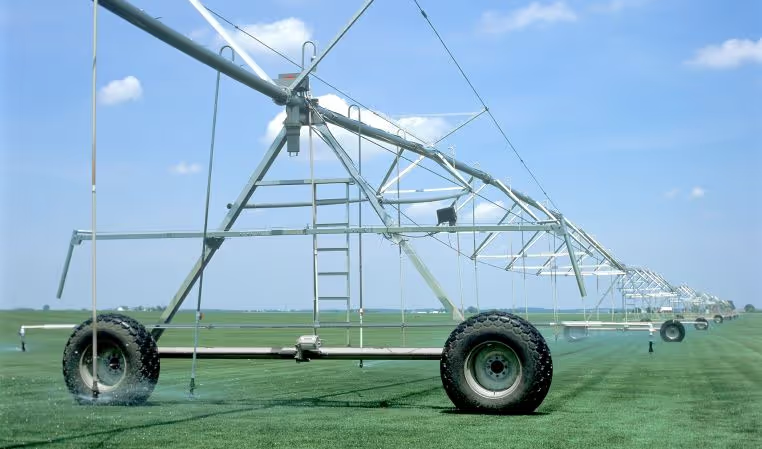
.avif)
.avif)
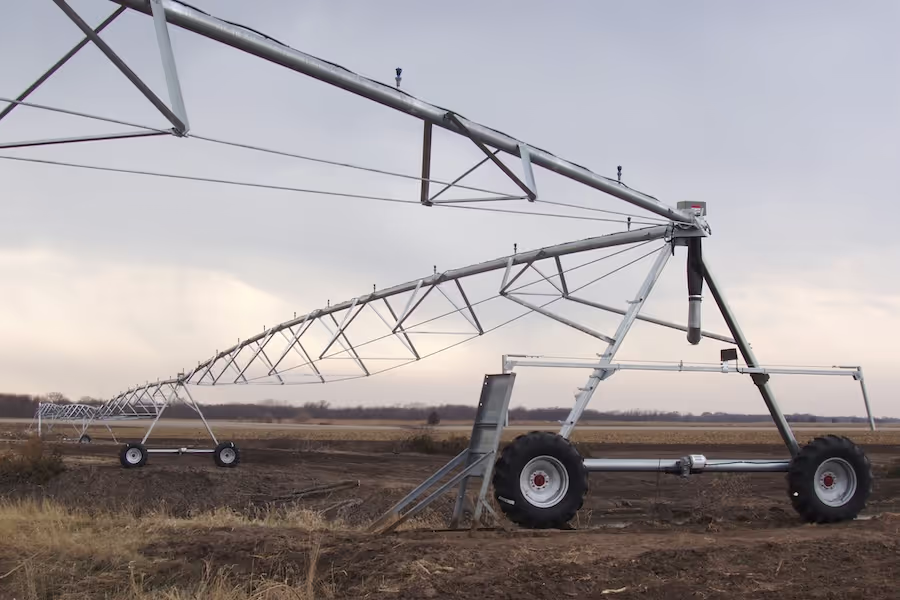
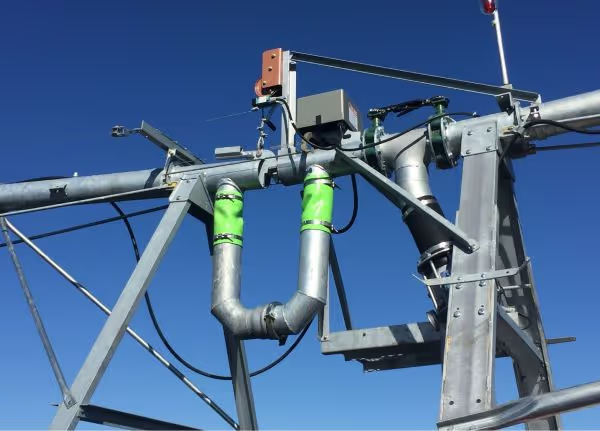

.avif)
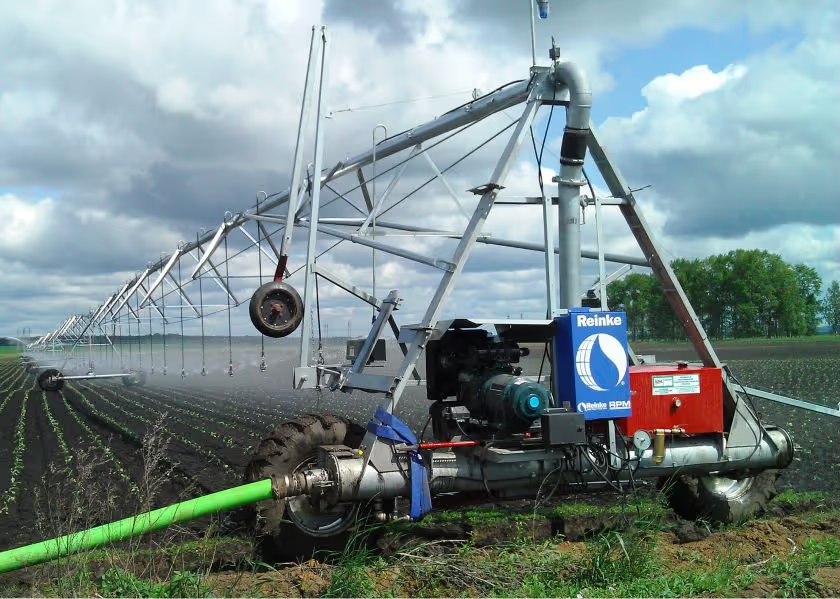
.avif)
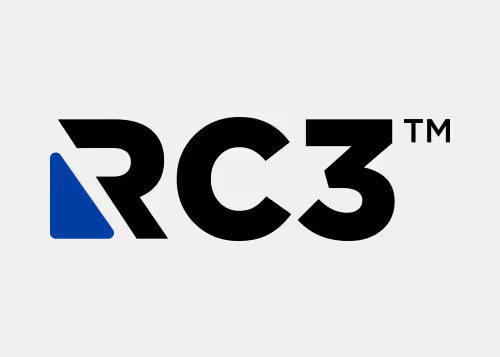
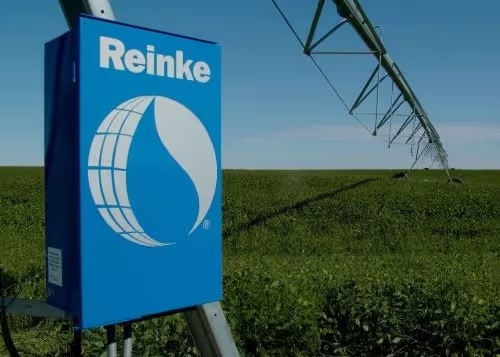
.avif)
.avif)


